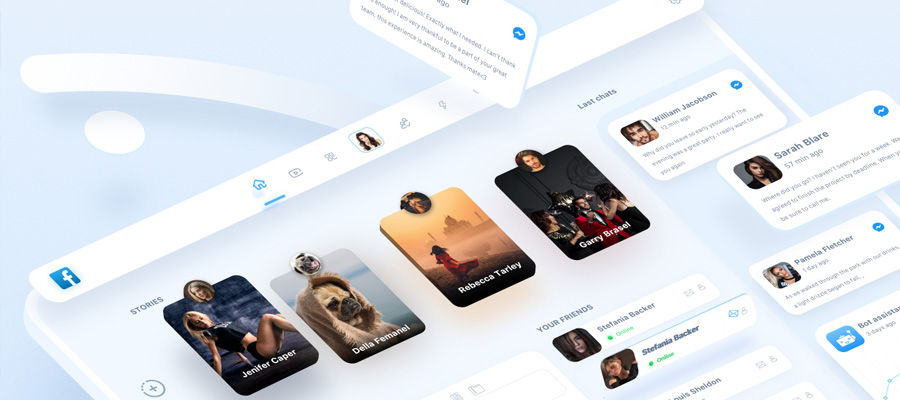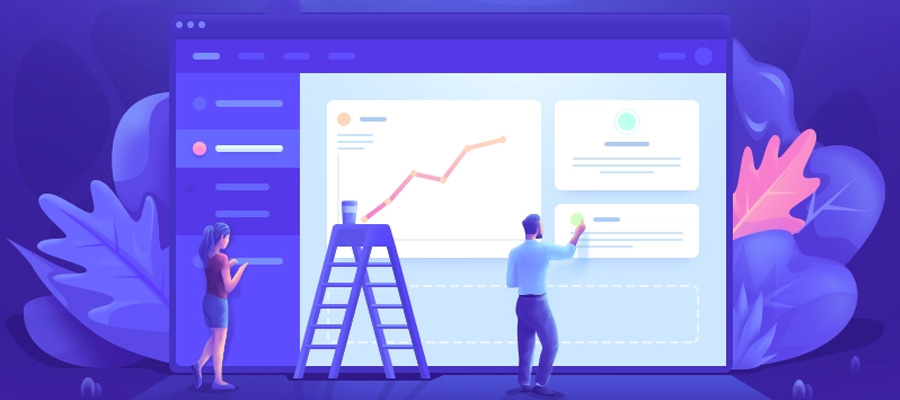According to legendary marketer Jay Abraham, there are 2 ways to increase the total number of web conversions. Improve the content delivery so that you increase your conversion metric, or drive more traffic to your conversion copy. Several websites struggle to turn their visitors into customers because they don't prioritize the conversion elements on their web properties. To minimize the loss of opportunities, there are conversion mistakes that you should ensure you avoid.
Avoid designing an ugly layout.
The aesthetic appeal of your website will help to sell the idea for people to stay on your website. Your site could have the best product in the world, however the impression of the layout on the web visitor could deter them from taking any further action. This includes:
Using a background color that is harsh on the viewer. This includes bright colors such as red, yellow and aqua. Instead, use subtle, lighter colors like white or cream.
Formatting headings and images to navigate the journey for the web user. They need to follow a clear path to find the information that they are looking for.
Poor legibility
Some designers get creative with fonts and layouts. While it may look impressive from a designer’s point of view, it is important that the content is legible for the people to read easily. This could be due to the size of the font, the style or the color. Aim to keep dark fonts on a light background and to use font styles that are in a print style, so it is clear to the reader.
Little or no use of call to actions.
One of the most significant factors that will boost your web conversions is the use of call to actions. This may be through the use of buttons, text, headings and callouts. A/B testing should be done ongoing to identify changes that improve the conversion aspect on a website.
Give the web user a clear sign for them to convert into a lead or customer.
One design oversight that must be avoided is the clarity of the call to action buttons or forms. If the web design is too busy, the call to action may blur into the background. Make sure that it is prominent so the web visitor can clearly identify how they can take action, should they decide to.
Select images that will enhance the conversion chances for your website.
Many inexperienced designers aren’t aware of the conversion impacts from the wrong image selections. Poor images can make the website look cheap and untrustworthy. As a rule of thumb, images should generally be photographs to maintain the professional appeal. Additionally, the images should project positive messages and colors.
Page loading time.
People on the web are impatient and they want to get the information that they are looking for as promptly as possible. Delays will force them to click away and find a provider that can give them what they are looking for quickly and conveniently. The rule of thumb is that a web page should load in under 3 seconds. To accomplish this, you may need to configure the website’s CSS, web file sizes cached content delivery, such as using a content delivery network (CDN).
No monitoring or tracking.
You cannot manage what you are not tracking. For your web business to maximize its chances of success, you need to receive data that will give you the information you need to make analytical decisions on areas of your website that will improve conversions and your business. You can use analytic suites like Google Analytics or Omniture to acquire the user behavior data to identify what does and doesn’t work. You can then make the changes accordingly.
Conversion rate optimization should be a priority for any web business. Simple errors can be costly for your business over the long-term, resulting in lost opportunities for leads and sales. Aim to conduct conversion rate optimization on your website to identify ways you can improve the conversion rate performance of your website today.




















